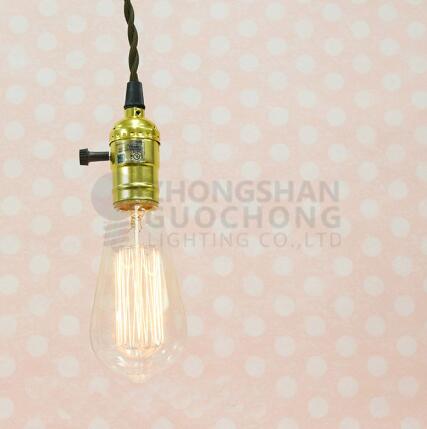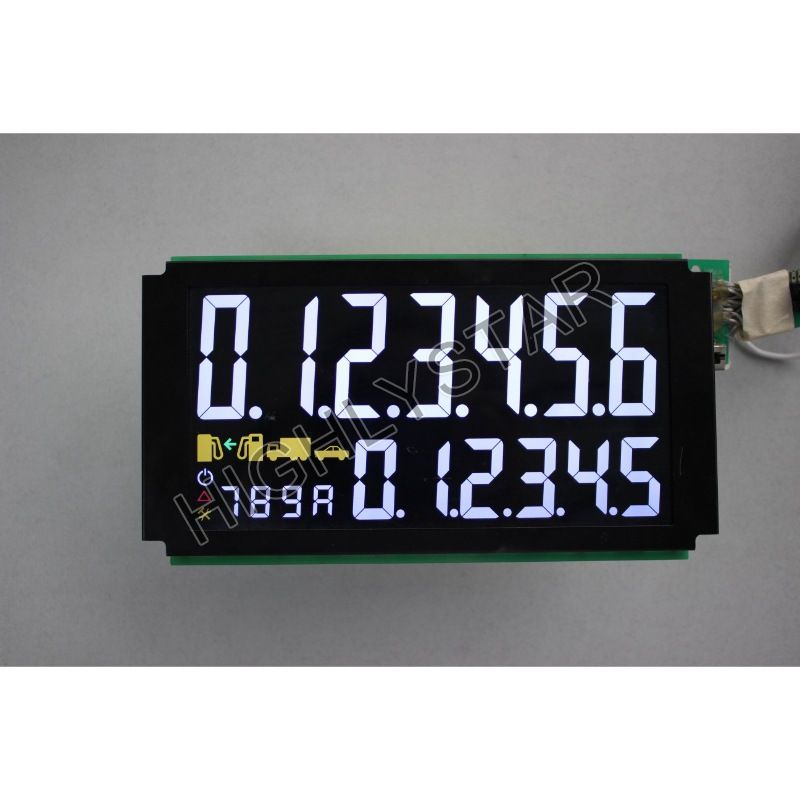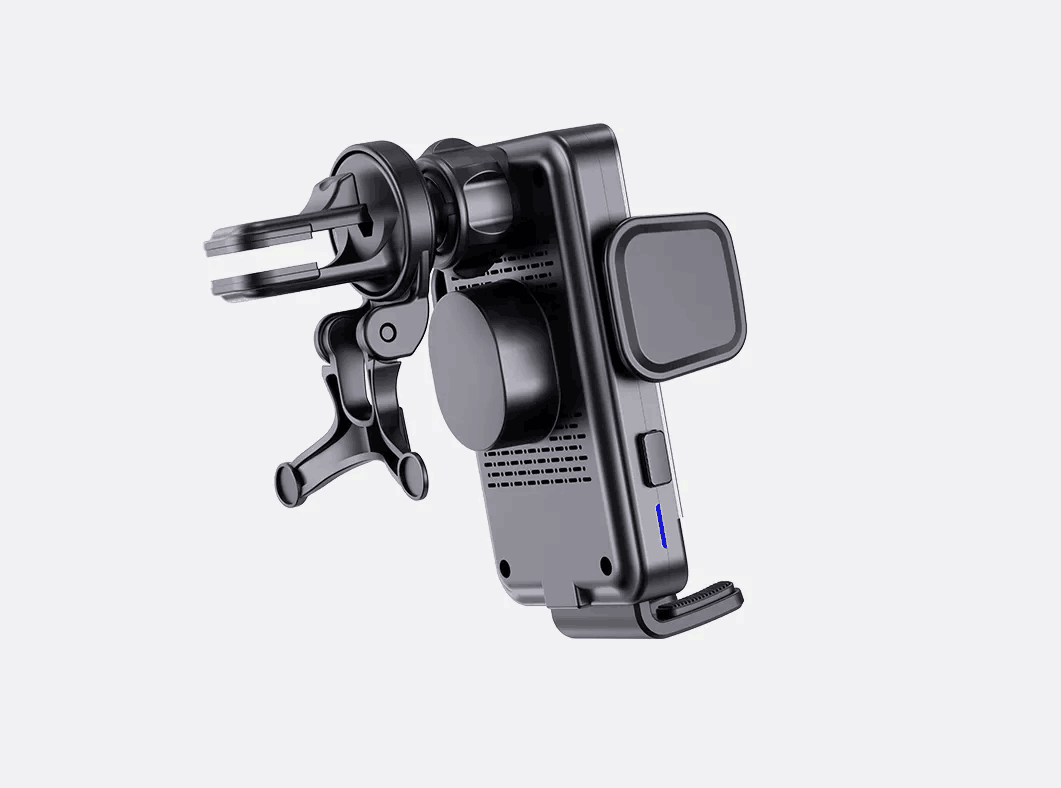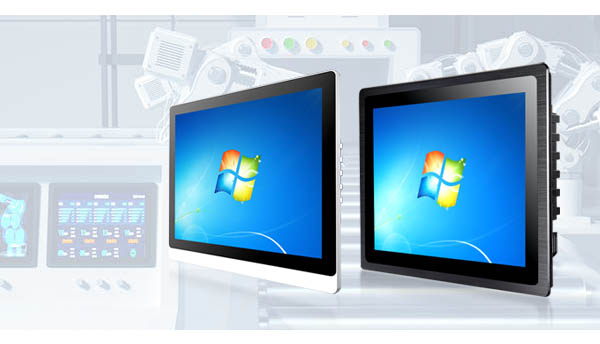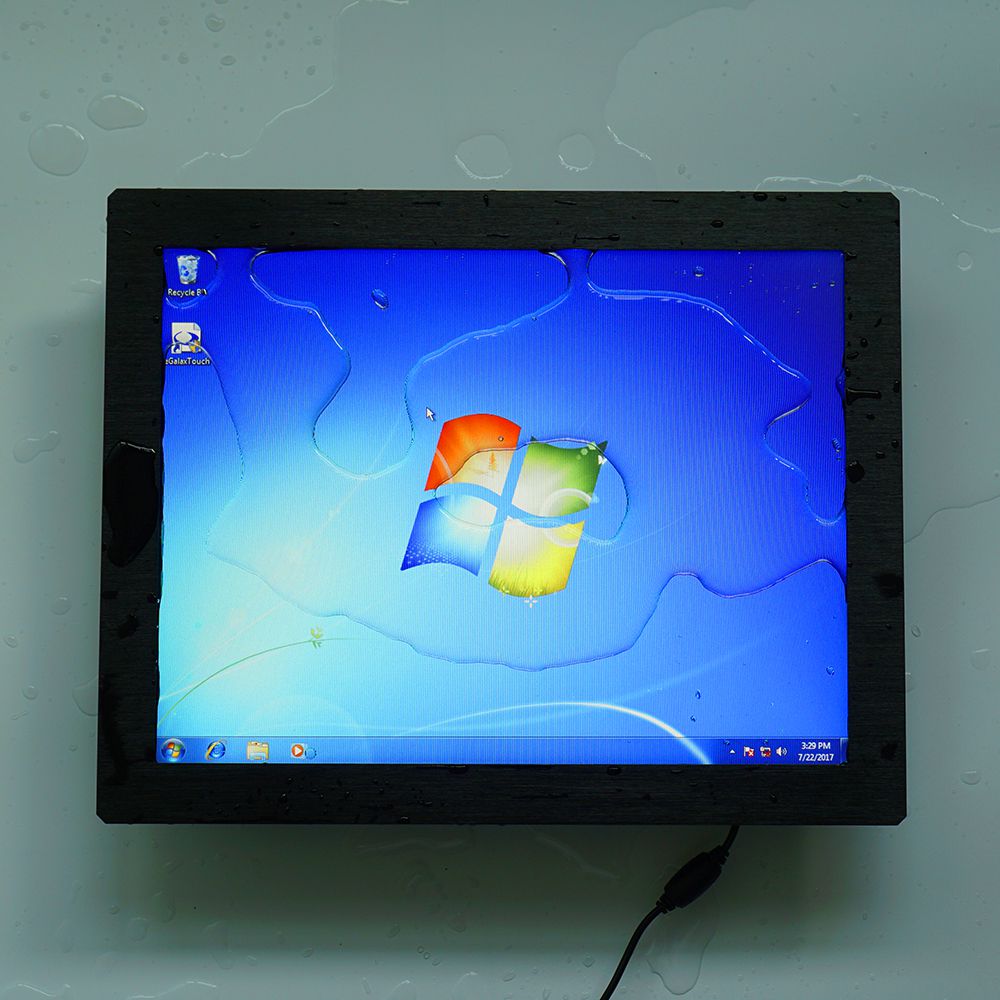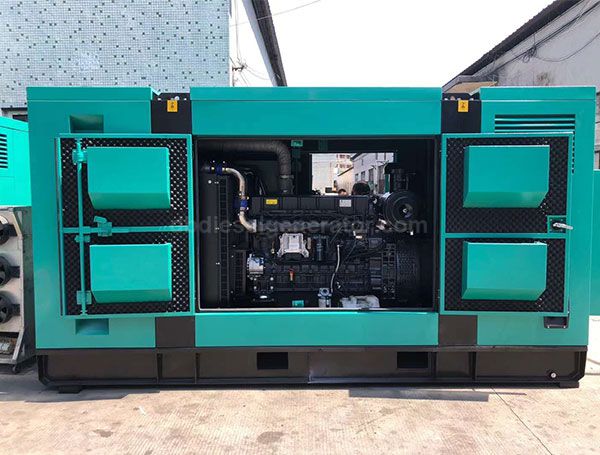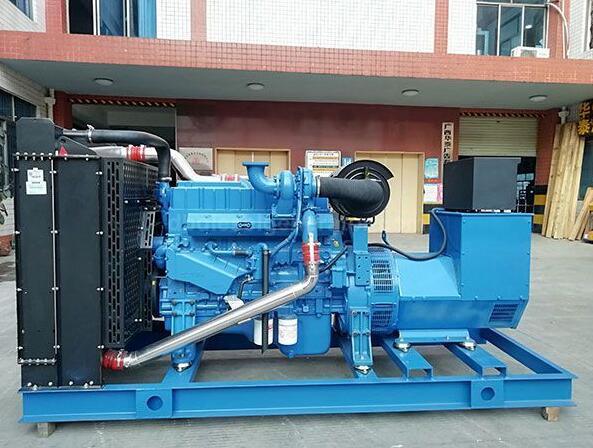What Types of Battery Are Used in Emergency Lighting?
A variety of different battery types are used in emergency lighting. The main types are:
● Lead acid.
These were commonly used till recently in self-contained emergency lighting fixtures, such as a twinspot, and are still widely used in central battery systems. Outside these specific applications, lead acid batteries are now rarely used in emergency lighting.
● Nickel cadmium (NiCd).
Cadmium is highly toxic and is one of only 6 substances banned by the EU’s RoHS Directive. However, an exemption is in place for batteries in emergency lighting because till recently there have been few suitable alternatives. NiCd batteries are widely used in stand-alone emergency lighting fixtures and in emergency conversion kits.
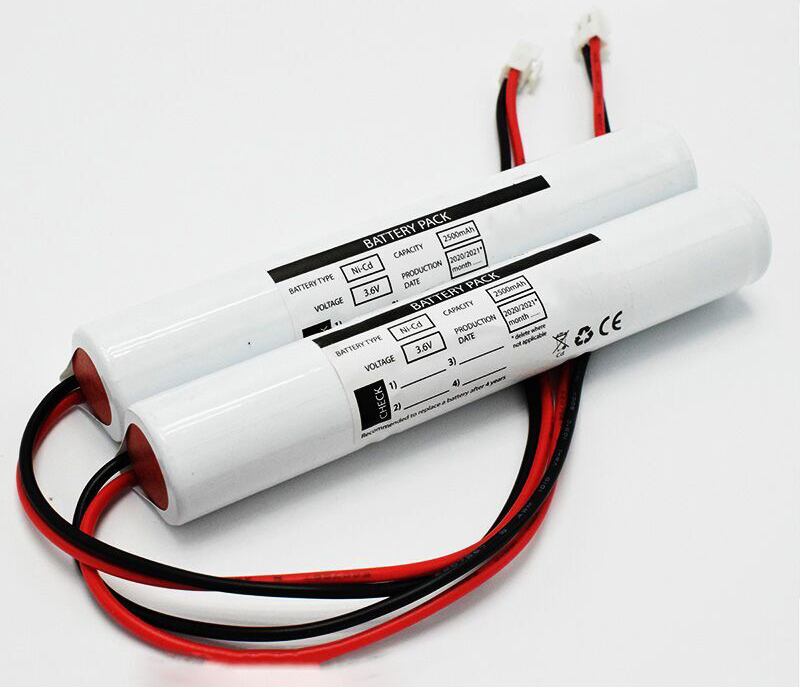
● Nickel metal hydride (NiMH).
These batteries are widely used in place of NiCd in emergency conversion kits where they have some (slight) advantages in some applications.
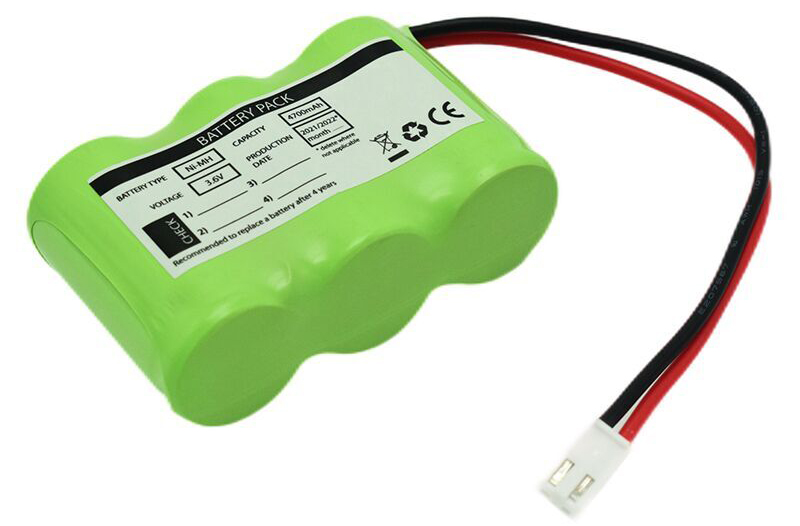
Suggested reading:
What are the different types of small limit switches?
How does a touch screen industrial monitor work?
What are the benefits of using medical LCD screens?
Understanding the Distinction: J-Bolt vs. Anchor Bolt
Lithium Storage to Showcase Lithium-ion Battery Solutions at Battery Show Europe 2023
USB Camera Module Specifications
What is a System-on-Module (SOM)?
● Lithium.
There are many types of lithium battery and they are becoming more widely used for emergency lighting. They have many advantages over lead acid, NiCd and NiMH so their use is increasing rapidly.
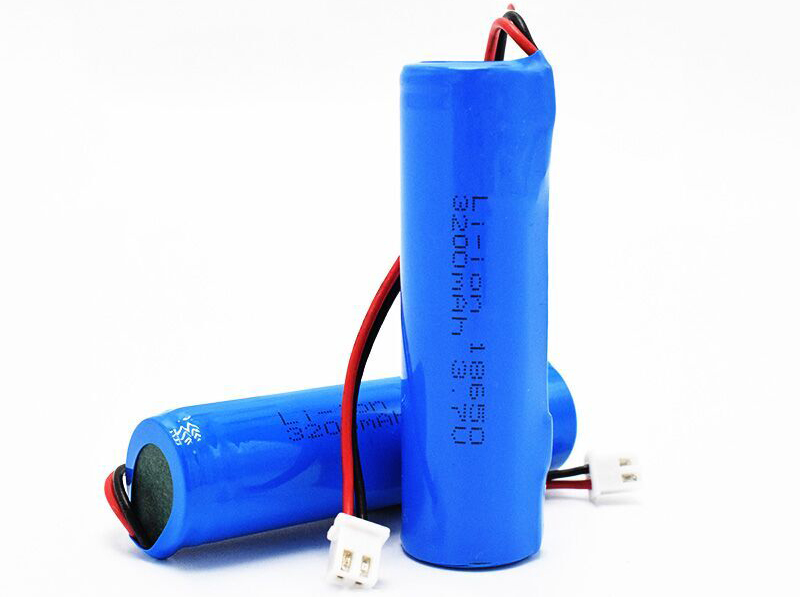
Here are the differences between NiCd, NiMH and Lithium Ion Batteries:
1. Nickel Cadmium (NiCd) Batteries are currently one of the most reliable and high safety chemistries in the market. NiCd batteries give more watt-hours of operation per shift as compared to other battery chemistries. They are ideal for a user who needs high-performance battery with high safety and long lifetime and for usage under extreme conditions of cold and heat (-20C to +50C).
2. Nickel Metal Hydride (NiMH) Batteries offer shorter operation life with 500 cycles as compared to Nicd. These batteries provide 2 times more capacity than NiCd under same size, and operate as efficiently as Nicd in extreme temperatures. In addition, it is environmental friendly battery.
3. Lithium-Ion (Li Ion) Batteries power to weight ratio exceeds that of NiMH for a lighter, smaller power supply. These batteries tend to be the industry’s most economical chemistry, and they offer good performance in extreme temperature.
More information about Emergency Power Packs, please Contact Us
Suggested reading:Why are ZTE Rectifier Modules Gaining Recognition for Their Efficiency and Reliability?
What are Advantages of AC Coupled Hybrid Inverter?
What Is Digital Signage and How Does It Work?
What Size Are Quick to Change Tool Posts?
How Does a Liquid Crystal Light Valve Work?
Understanding the Working Principles and Applications of Lithium Batteries
How to Install LED Neon Flex: Step-by-Step Guide
- Previous: How to protect data security on usb flash drive?
- Next: None


